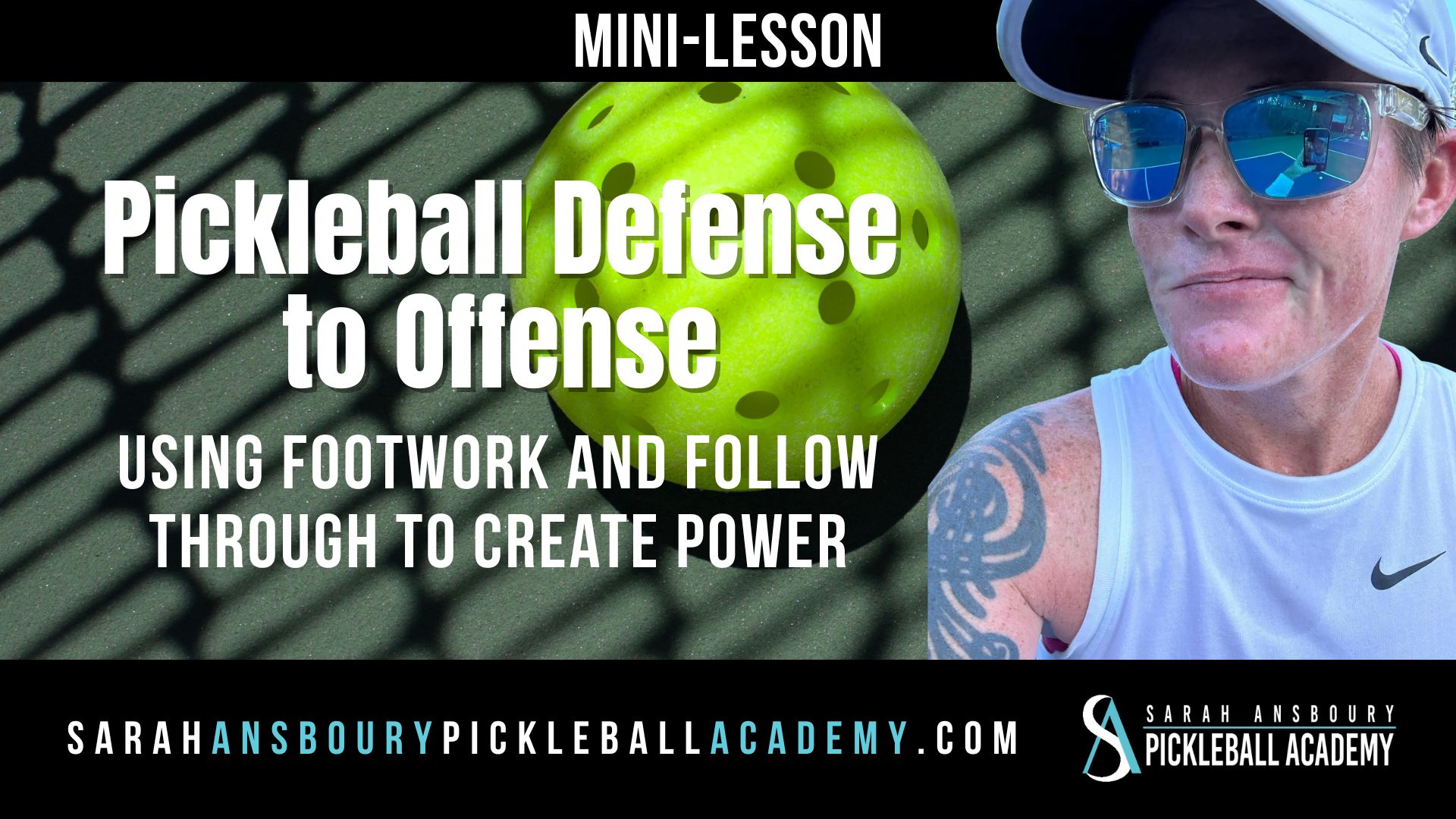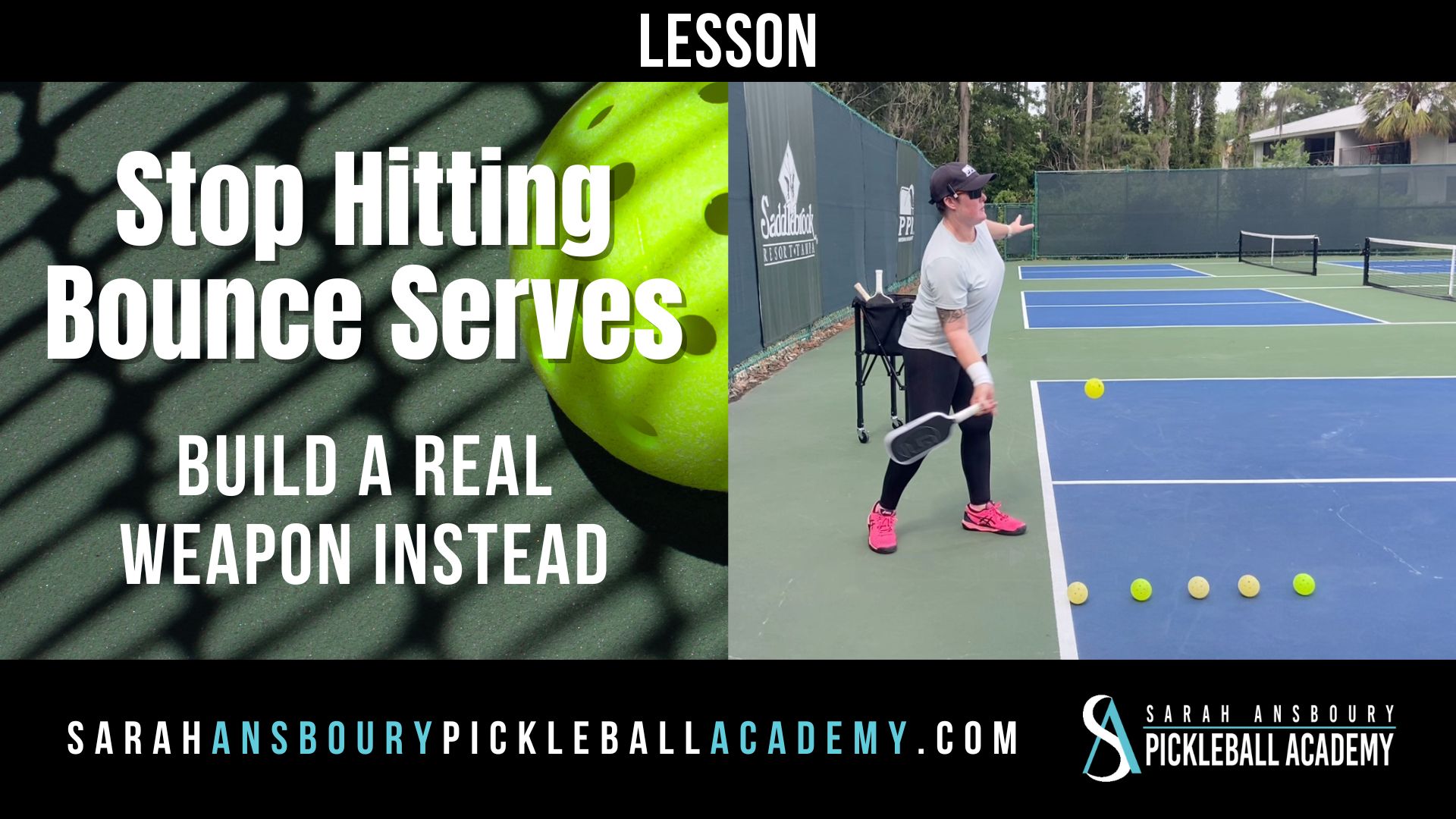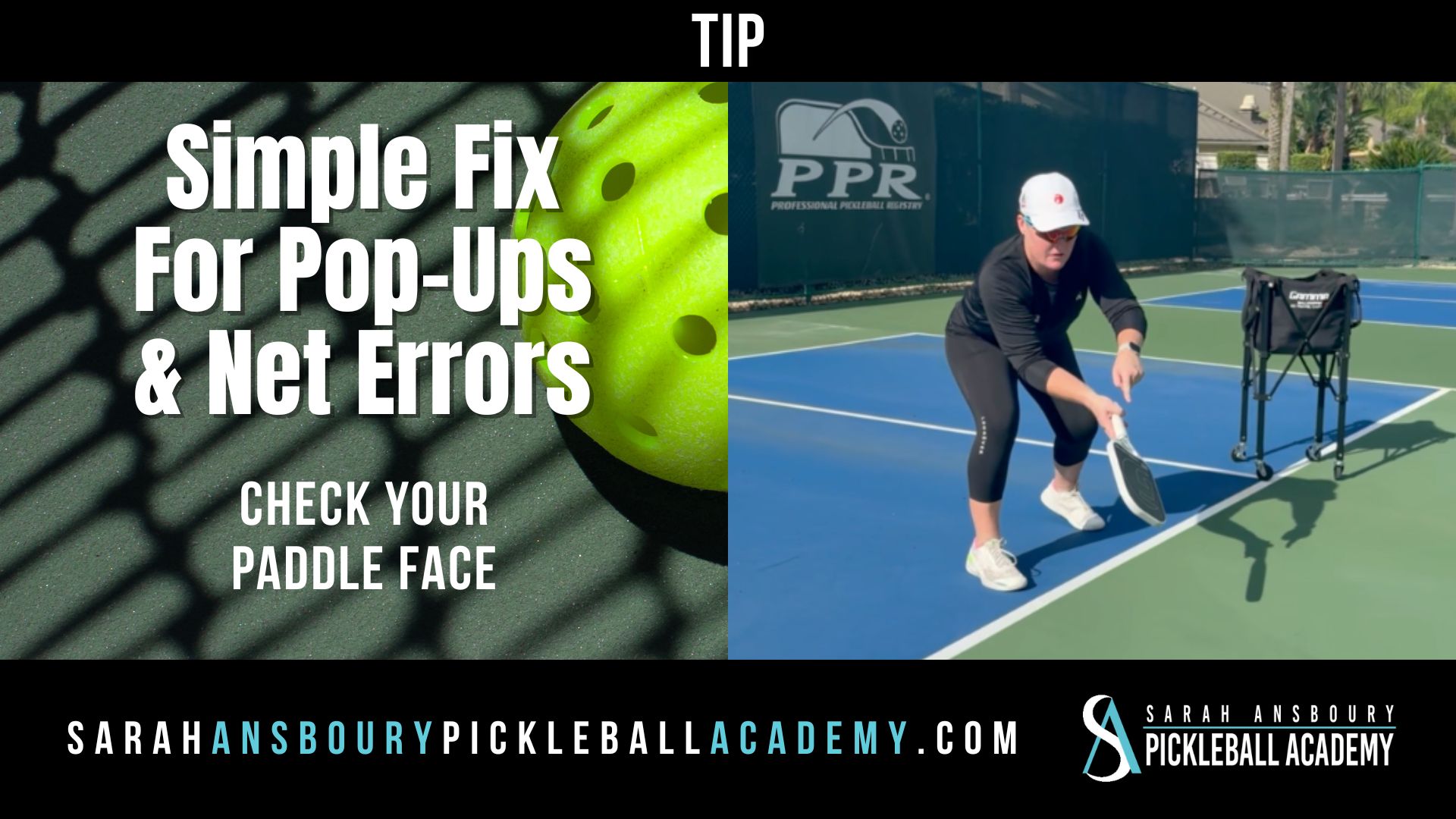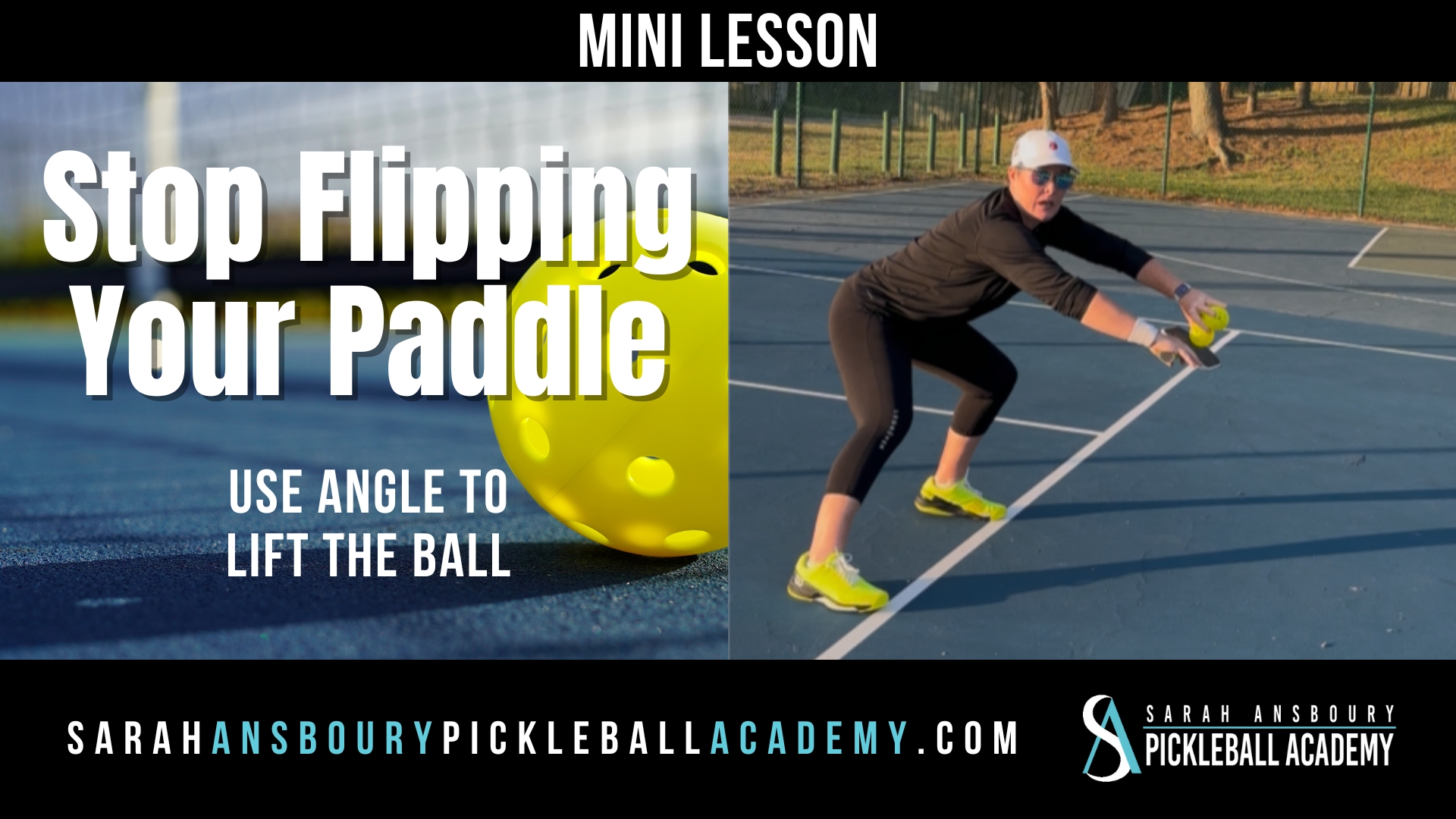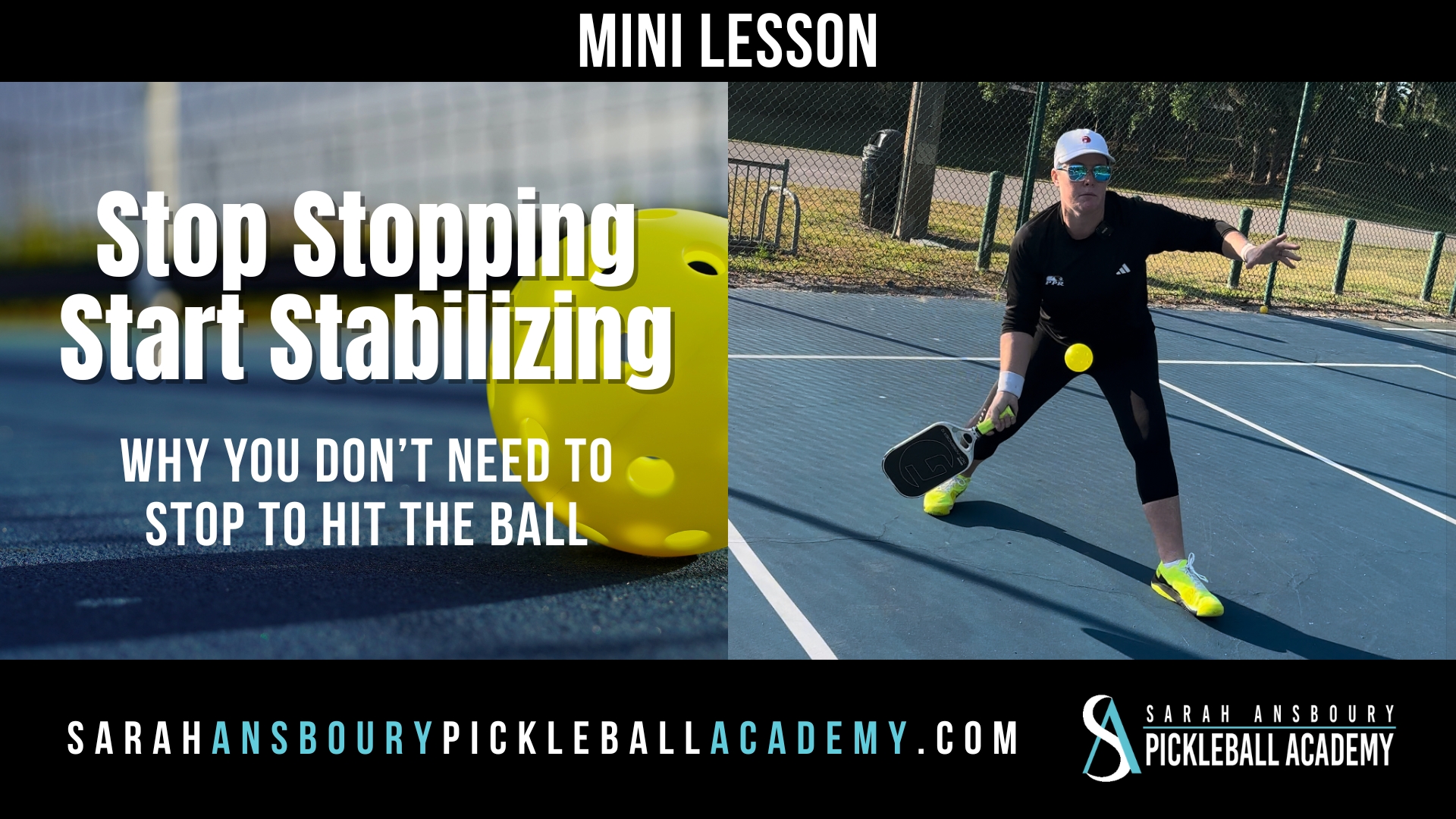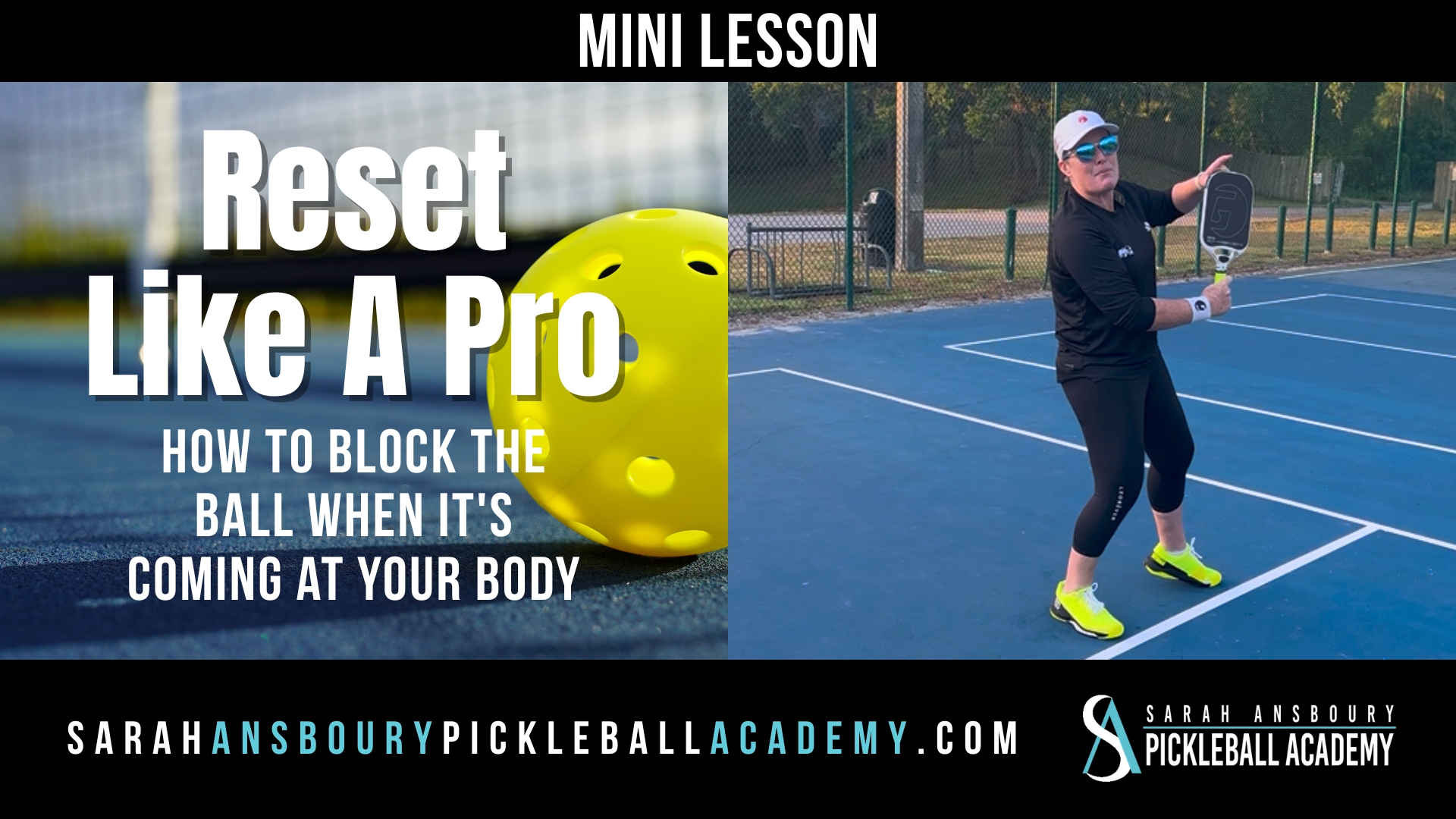Today I want to break down a concept that’s super helpful no matter your skill level: how to turn a defensive shot into an offensive opportunity—just by using your legs, footwork, and paddle follow-through.
Most players miss out on easy chances to attack because they treat mid-court or off-the-bounce shots as merely survival tools. But with just a few smart adjustments, you can generate acceleration, spin, and power—without forcing it.
Let’s take a look at how.
The Follow-Through is Everything
Let’s start with a visual: picture one ball hitting three different points on your paddle. That length of contact—the stretch across your paddle face—is key to creating swing speed and generating acceleration.
If you’re taking the ball off the bounce from mid-court, that’s typically more of a neutral or defensive shot. But here’s the good news: it doesn’t have to stay that way.
From Neutral to Offensive — Use Your Length
I’m 5’5″, so I need all the length I can get in my shots. That means I’m always thinking about elongating my swing and getting the most out of my body mechanics.
One big opportunity that players often miss is the fifth or seventh shot in a rally. These balls are extremely attackable, yet too many of us just reset or drop them instead of turning up the pressure.
There are two main ways to turn these balls into offense:
- By self-feeding, you stay in control of timing and rhythm.
- By engaging your non-dominant hand, you activate your shoulder and torso, helping you create rotation and acceleration.
Your Legs Do the Heavy Lifting
Let’s talk power.
When you load your legs properly, especially the inside leg (for right-handers, that’s your right leg), you give your body the ability to explode forward. The trick is to:
- Step with your right to load power
- Release weight from your left
- Accelerate forward from your right to your left
This isn’t a full-on jump—but it’s a power shift, and that momentum adds natural topspin and depth.
🧠 Key Reminder: You don’t need your arms to generate power. Your legs and core are doing most of the work.
Low Swinging Volleys & Early Contact
Let’s switch gears and talk about volleys.
If you see an opportunity to take the ball in the air, even low, go for it. A low swinging volley can turn a wait-and-see shot into an aggressive strike.
What makes this work? It’s all in the footwork.
Instead of stepping and getting stuck in place, try delaying your second step until after you’ve committed. This adds acceleration and control, especially when you’re moving forward. You can use this technique for volleys in the air and volleys off the bounce.
Your hands and paddle should work together and forward—not across your body. That “wrap the paddle around your neck” idea? That’s more tennis than pickleball. In pickleball, that kind of forced motion will usually hurt your control, speed, and consistency.
Why Forward Follow-Through Matters
One of the biggest benefits of a forward follow-through is that it prepares you for the next ball.
When players swing too far across their body, they often find themselves needing to recover before they’re ready for the next shot. That hesitation costs time—and opportunities.
By keeping your paddle going forward through the target, you stay engaged in the rally and can handle whatever comes next with more stability and control.
The Drill That Ties It All Together
This drill is so simple but so effective. Whether you’re on your forehand or backhand side:
- Visualize your paddle moving through the ball
- Feel the paddle pulling you forward
- Focus on that first step: load, rotate, swing
- Practice off the bounce, in the air, low or high
This basic footwork sequence teaches you how to shift from defense to neutral, and from neutral to offense—all in the same motion.
Final Thoughts
Remember: it’s not about being fancy. It’s about being efficient and effective. Master your footwork, stay mindful of your follow-through, and use your body to generate natural acceleration.
The next time you’re mid-court and off the bounce, ask yourself:
Am I surviving—or am I setting up to attack?

